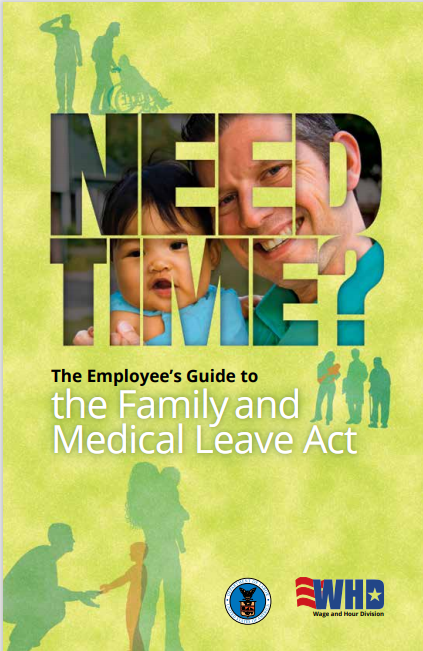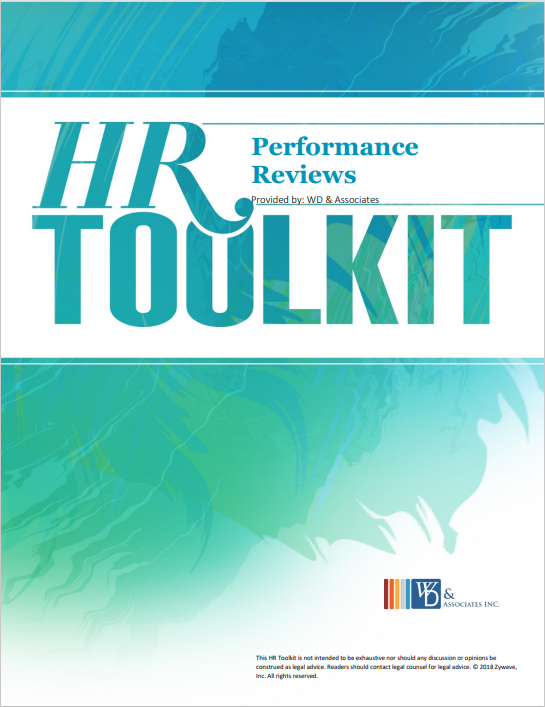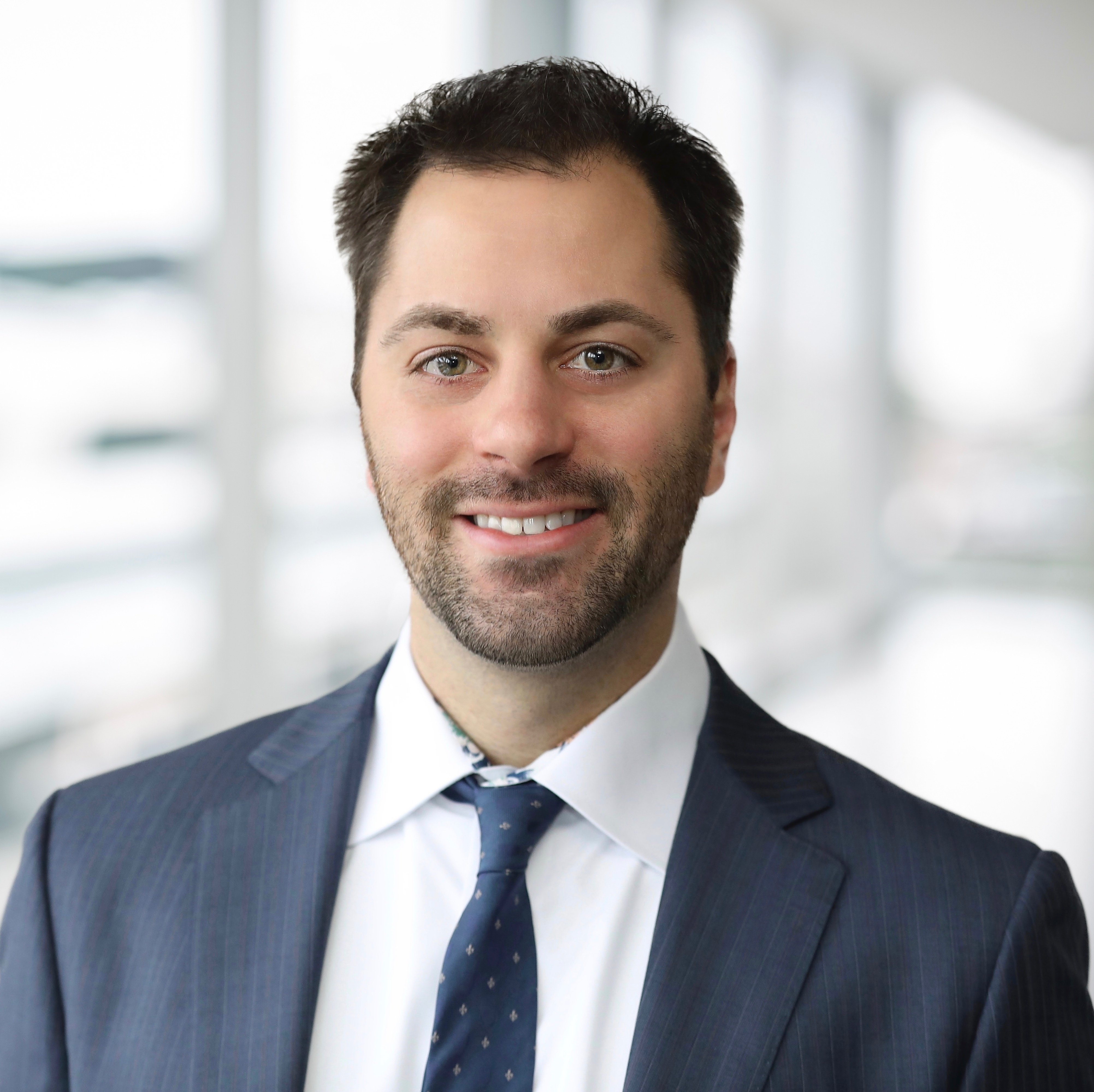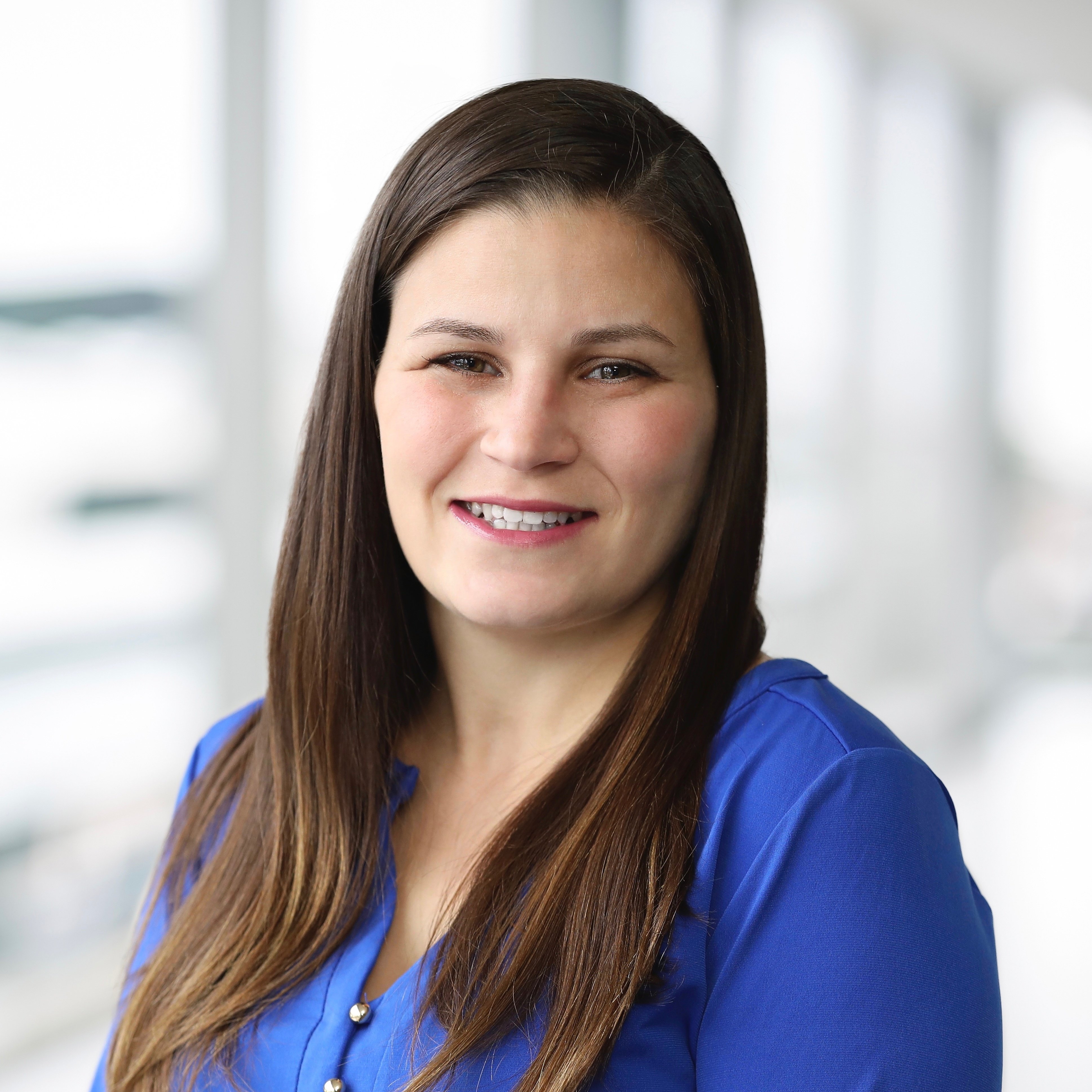Someone asked me recently why I am so passionate about wellness and why I am pushing them to educate their people about their traditional insurance product since they hear me talking about new options and innovative solutions.
They see me participating in groups that are pushing for change ranging from direct primary care to reference based pricing, transparency and responsible pharmacy benefit management. They asked how it all ads up given the contrast between a call to action and pushing the traditional marketplace.
It's a simple answer: big change does not happen overnight. We know that the current system is broken, but most of us are still living within that system. I myself have health insurance through a big national carrier.
I believe that we can lay the groundwork for success within future options by changing behaviors now, within the products we have.

Even with these solutions on the table many people would likely not choose to switch from their BUCA (Blue Cross, United, Cigna, Aetna) network product. Since the system is confusing, people do not understand their insurance products, how to use them, what they are entitled to demand, etc. So why would they go with something completely unknown when they don’t understand something they've had for the past 30+ years?
LEARN FROM MY EXPERIENCE, MISSED OPPORTUNITIES COST $$$
I am guilty of this exact avoidance. About 12 years ago my husband’s then company offered a plan with a Health Saving Account. I was working in another industry at the time and had no idea what it was or how it worked. Instead of educating myself, I simply stuck with the original plan which they offered as a dual option year over year.
Now of course I kick myself for not exploring the new option. Michael continued to work at that company for another 9 years. Those were our young, healthy, pre-children years when we had very little need to seek care. We could have put that money away and would not have needed to use it.
Now we would have thousands saved and it could continue to grow over the years. Instead we took a plan that offered way more coverage than we needed, at a higher cost, and with no associated savings. A plan that would let us go to any provider, anywhere in the country without a referral during a phase of life when neither of us was travelling much. We had a big opportunity cost.
PAVE THE WAY TO GET BUY-IN
Solutions to the healthcare crisis and exorbitant spending do exist. However, many are still in their infancy and are not yet widely available. We need to increase the demand in order to reach a critical mass that will expand the presence of DPC and other similar solutions across geographies.
That is why education is so crucial. Many people remain unaware of these solutions. At WDA we are trying to spread the word; the more we know, the more we will make demands en masse to finally see broader changes.
By encouraging wellness and healthy choices we are hopefully improving health outcomes and decreasing the need for medical intervention. By showing people that their behavior and their choices about what they do / how they seek care can have an impact on their pocket book we will pave the way for a more active consumer willing to consider something like DPC and reference based pricing.
RECOGNIZE LIMITATIONS
Not everyone will be interested in participating in a new framework; some will stay within the system most similar to what they are used to. In those cases I would argue it is even more important to change behavior at the individual level, since what we are doing now is not sustainable. We need people to stop being complacent about healthcare.
The first change we all need to make is to actually USE our in-force insurance.
The existing system has mystified healthcare and conditioned us not to question the wisdom of doctors and facilities. We are afraid that doing so could be catastrophic. That exact fear could fuel us to do the opposite, to seize on the right to protect your body and your loved ones from misdiagnosis, excessive treatment, and billing mistakes.
We hear the word consumerism in the healthcare conversation a lot these days. We’ve written about being better consumers at the pharmacy. We all know that we use doctor google as our first line of defense… and that in a panic we often turn to our providers for comfort as much as care.
A MODEL FOR HEALTHCARE CONSUMERS TO FOLLOW
There is one population that we can use as a model of healthcare consumerism. We can all learn from people with chronic conditions. They might have the right diagnosis/treatment in hand and I’ll bet they sought a second or even third opinion before accepting it. They likely also shopped around for physicians and facilities that they relate well with and one that is reasonably convenient.
People with chronic conditions are looking into a future of regular treatments and medications, one that will result in continued out of pocket costs. And they should be able to demand the best care at the best price.
We need to know what things cost, how often a provider has performed a specific procedure and what percentage of those had successful outcomes. We all deserve that level of discernment when making important, often life changing, healthcare decisions.
SHOP BEFORE YOU NEED IT
You might say that in an emergency situation you can’t shop around. I would argue that you can do the shopping before you need the care. Find out which in network hospital and urgent care in your area has the most successful outcomes. Look into cost comparisons among facilities online. Be prepared to go to the best available, lowest cost location before you need to rush to the hospital. And don’t hesitate to ask the ambulance driver to take you to your hospital of choice.
USE AVAILABLE INFORMATION TO MAKE THE MOST OF WHAT YOU HAVE
Resources do exist readily online; the challenge is we need more people to use them. For example, we tend to become very attached to our doctors. Access is often a big concern for our clients when they are changing their group plan or carrier: will our doctors / hospitals be in network?
People don’t want to change their provider. I wonder how loyal we would be if we knew our provider has the lowest success rate or that they bill 550% over Medicare. All I’m saying is it is worth looking into.
A few baby steps at a time can help us cover a lot of ground towards better healthcare access with more favorable outcomes and lower spending, possibly in a completely different healthcare landscape.













Leave a comment